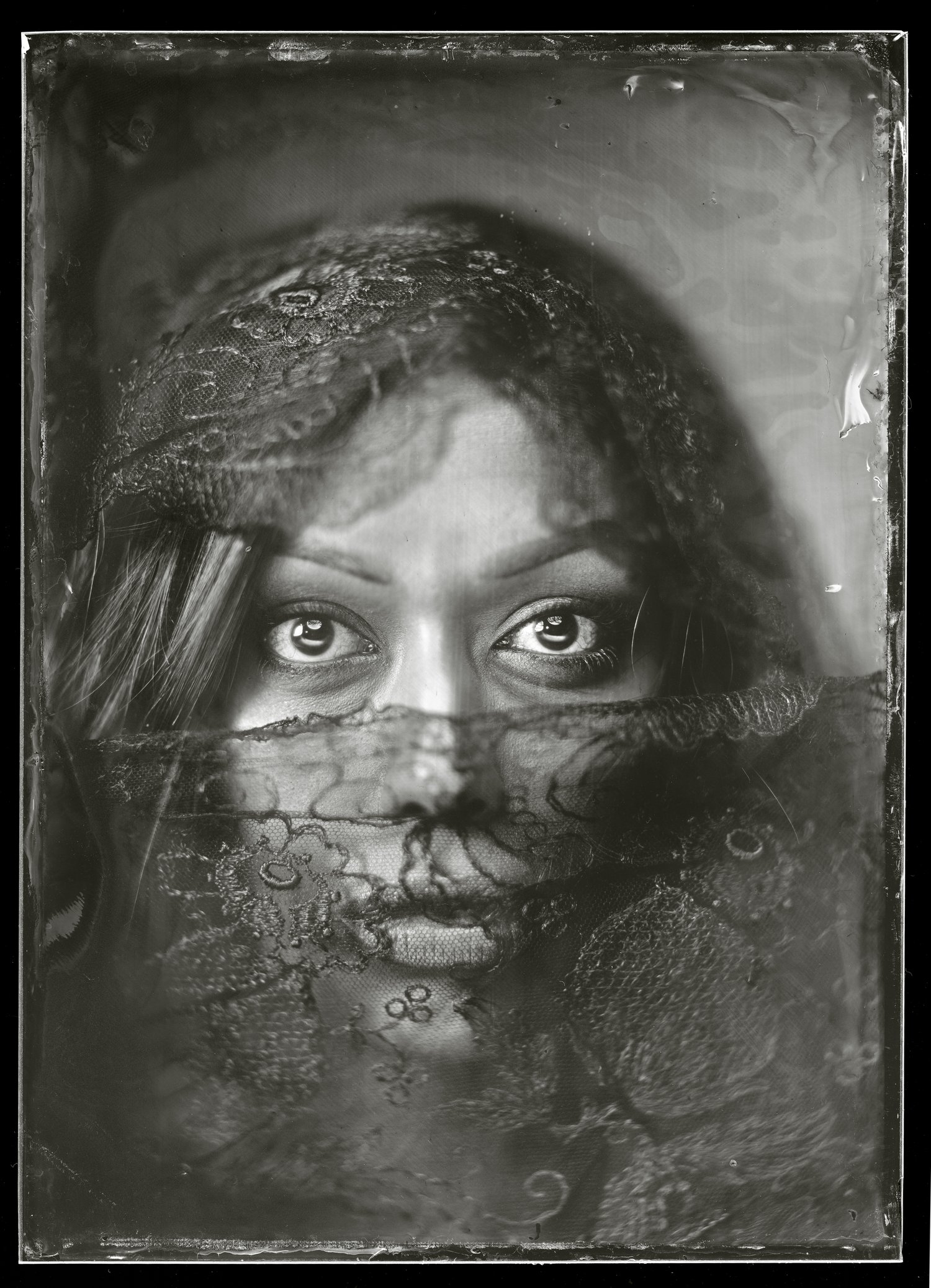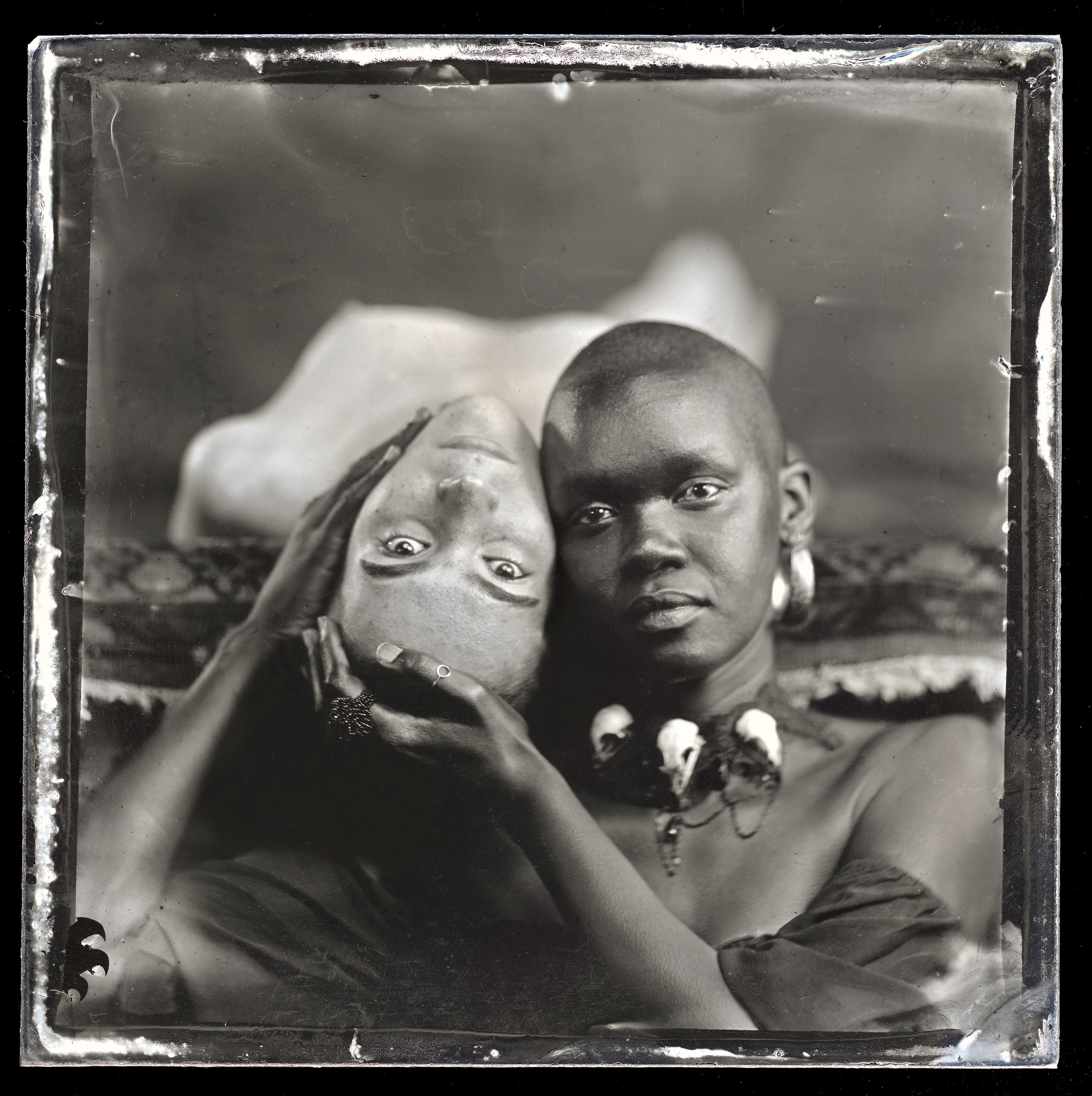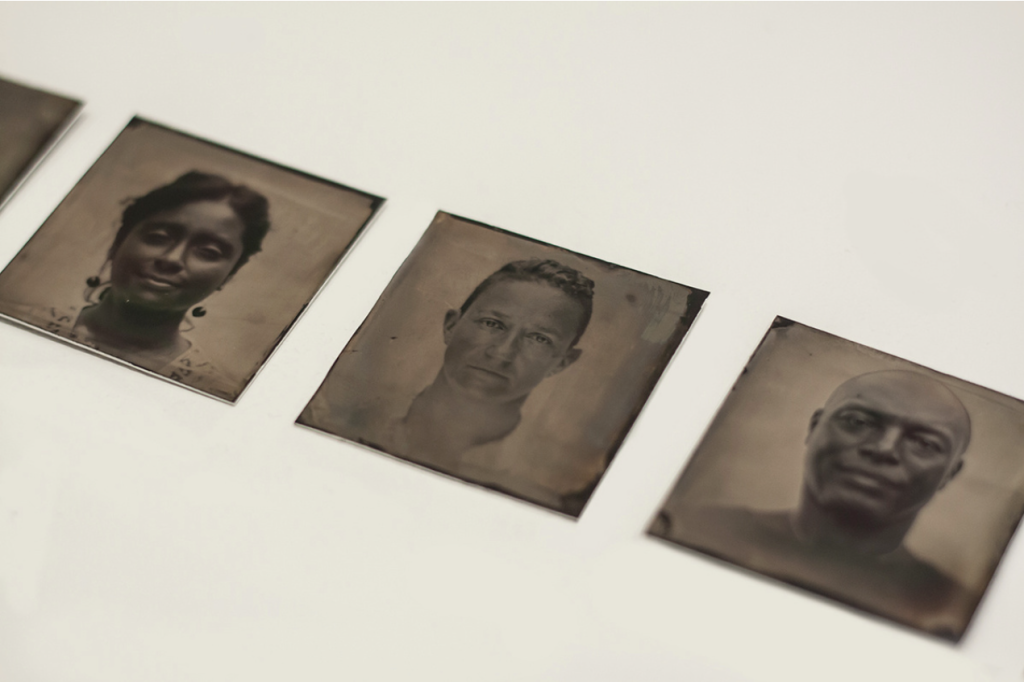
19th-century photography continued the development and commercialization of photography and experimentation with the artistic and scientific possibilities of the medium.
Wet plate collodion photography is a photographic process invented in the mid-19th century that allows you to create multiple copies of detailed photographs from a single negative. Making photography more accessible. The process of wet plate collodion consists of:
- Preparation: The first step in the process was to prepare a glass plate with a light-sensitive coating. The coating was made by pouring a solution of collodion (a type of syrupy substance) onto the glass plate and then immersing it in a solution of silver nitrate to make it light-sensitive.
- Exposure: Once the plate was prepared, it had to be exposed to light in a camera. The plate had to be exposed while it was still wet, so photographers had to work quickly to take the photograph before the collodion coating dried out. The exposure times varied depending on the available light and the sensitivity of the plate.
- Development: After the exposure, the plate was removed from the camera and developed. The plate was first washed in a solution of developer (usually a mixture of iron sulfate and acetic acid) to bring out the image. Then it was fixed in a solution of sodium thiosulfate to make the image permanent.
- Finishing: Once the plate was fixed, it was washed in water and then varnished to protect the image. The varnish was typically made from a mixture of sandarac resin and alcohol.
Because the collodion coating has to be prepared and exposed while wet, it’s possible to create more than one image from a single negative. This made photography more accessible in the 19th century to the general public and contributed to the growth of the photographic industry.

Still practised today by some photographers today, such as Dave Shrimpton who specializes in 18th-19th century photographic techniques. Winning the Portrait of Britain Award by the British Journal of Photography with his contemporary use of Wet plate photography.
Almudena Romero also used this technique in her exhibition Performing Identities. Creating portraits of arts-related people based in London, who could see themselves as immigrants. Addressing links between photography, identity and colonialism.

